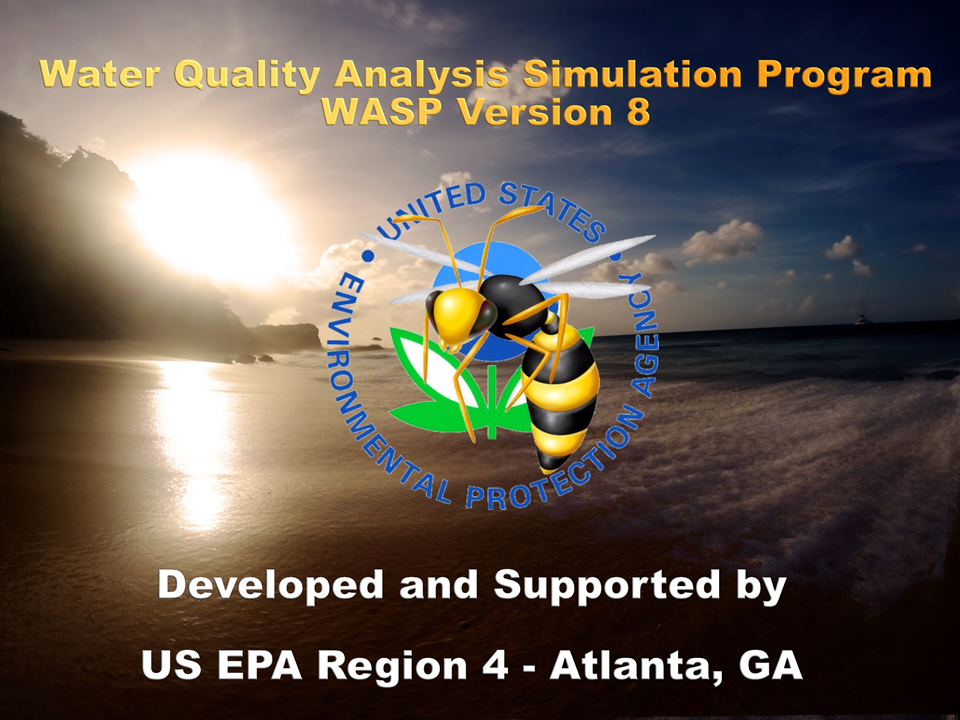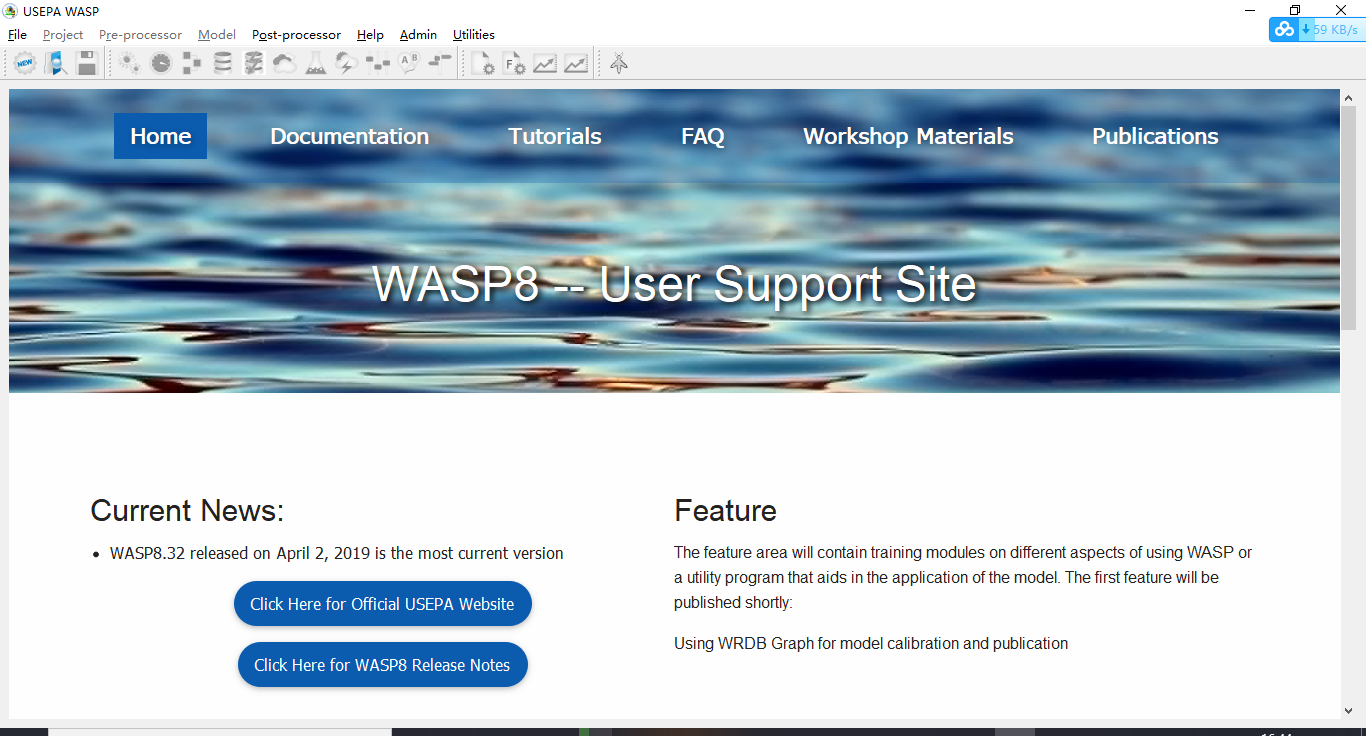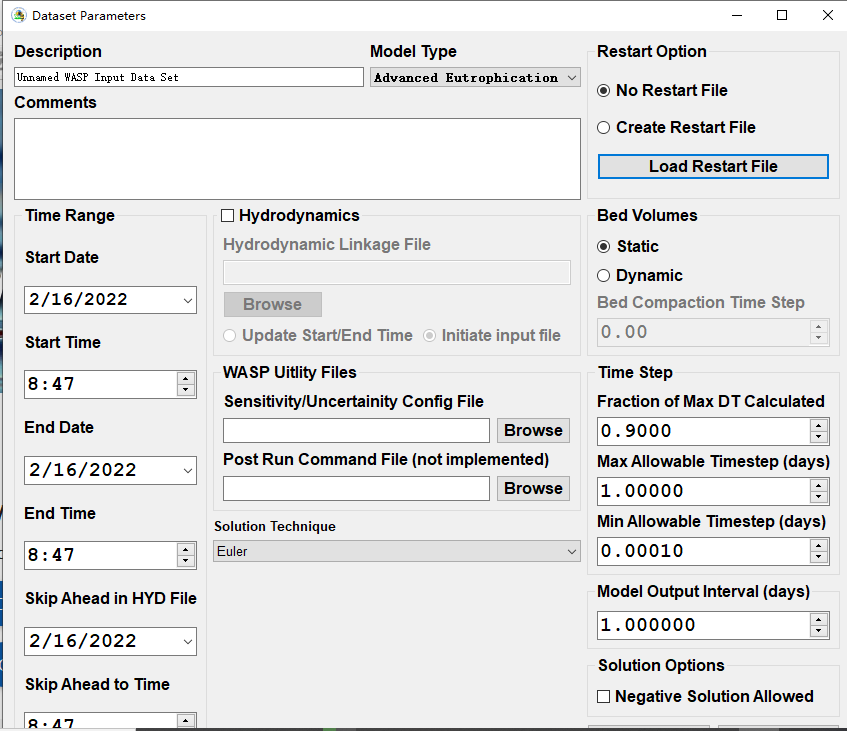摘 要 :本文针对某河流水质状态分析评价 ,引入综合水质模型(WASP)开展模拟计算研究 ,获得了综合水质模型(WASP)模拟计算结果与断面实测数据基本一致 ,且相对误差值亦均在允许范围内 ,模型匹配性较佳 。 河流水质受河两岸地质条件及工业产区空间分布影响 ,工业产区及人流量活动大的区域 ,水质状态不佳 。 研究表明降雨量一定程度上会提升水质清洁度 ,但降雨量超过一定程度时 ,降雨会带来河流水质二次污染 ;污水处理厂中排出水质污染物浓度与河流水质状态并无明显关联 ,但排出水量与河流水质状态成反比 。 研究成果为水质模型模拟计算方法在河流水质状态分析评价中应用提供一定参考 。
WASP(The water quality analysis simulation program,水质分析模拟程序)是EPA推荐使用的水质模型软件,使用较为广泛,能够模拟河流、湖泊、水库、河口等多种水体的稳态和非稳态的水质过程。
WASP水质模型在河流:https://wenku.baidu.com/view/c6f2685f192e45361166f556.html
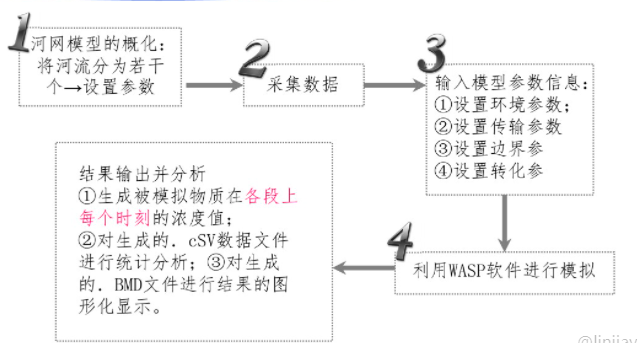
根据(部分)采集的数据生成模拟参数。。。
根据参数生成模拟过程。。。
模拟结果进行验证(使用剩余的采集数据进行验证)
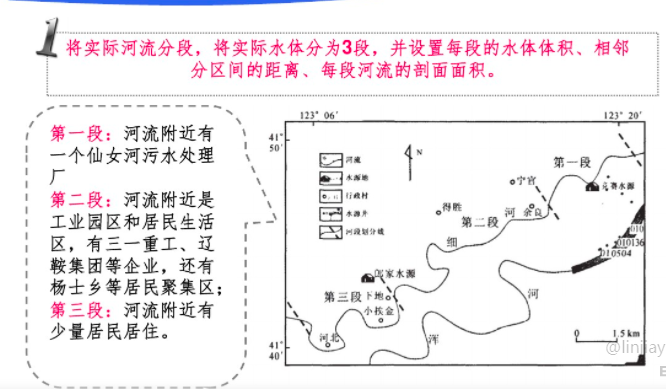



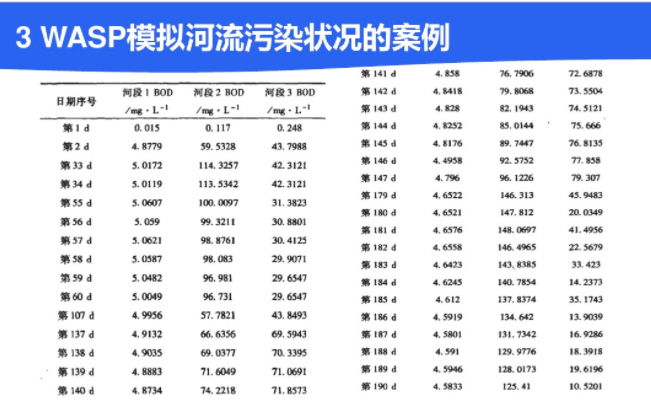

参考1:https://www.epa.gov/ceam/water-quality-analysis-simulation-program-wasp
The Water Quality Analysis Simulation Program (WASP) is an enhancement of the original WASP (Di Toro et al., 1983; Connolly and Winfield, 1984; Ambrose, R.B. et al., 1988). This model helps users interpret and predict water quality responses to natural phenomena and manmade pollution for various pollution management decisions. WASP is a dynamic compartment-modeling program for aquatic systems, including both the water column and the underlying benthos.
水质分析模拟程序(WASP)是对原始WASP的改进(Di Toro等人,1983年;Connolly and Winfield,1984年;Ambrose,R.B.等人,1988年)。该模型有助于用户解释和预测水质对自然现象和人为污染的响应,从而做出各种污染管理决策。WASP是一个用于水生系统的动态隔间建模程序,包括水柱和底层底栖生物。
WASP allows the user to investigate 1, 2, and 3 dimensional systems, and a variety of pollutant types. The state variables for the given modules are given in the table below. The time varying processes of advection, dispersion, point and diffuse mass loading and boundary exchange are represented in the model. WASP also can be linked with hydrodynamic and sediment transport models that can provide flows, depths velocities, temperature, salinity and sediment fluxes. This release of WASP contains the inclusion of the sediment diagenesis model linked to the Advanced Eutrophication sub model, which predicted sediment oxygen demand and nutrient fluxes from the underlying sediments.
- eutrophication of Tampa Bay, FL;
- phosphorus loading to Lake Okeechobee, FL;
- eutrophication of the Neuse River Estuary, NC;
- eutrophication Coosa River and Reservoirs, AL;
- PCB pollution of the Great Lakes;
- eutrophication of the Potomac Estuary;
- kepone pollution of the James River Estuary;
- volatile organic pollution of the Delaware Estuary;
- heavy metal pollution of the Deep River, North Carolina; and
- mercury in the Savannah River, GA.
